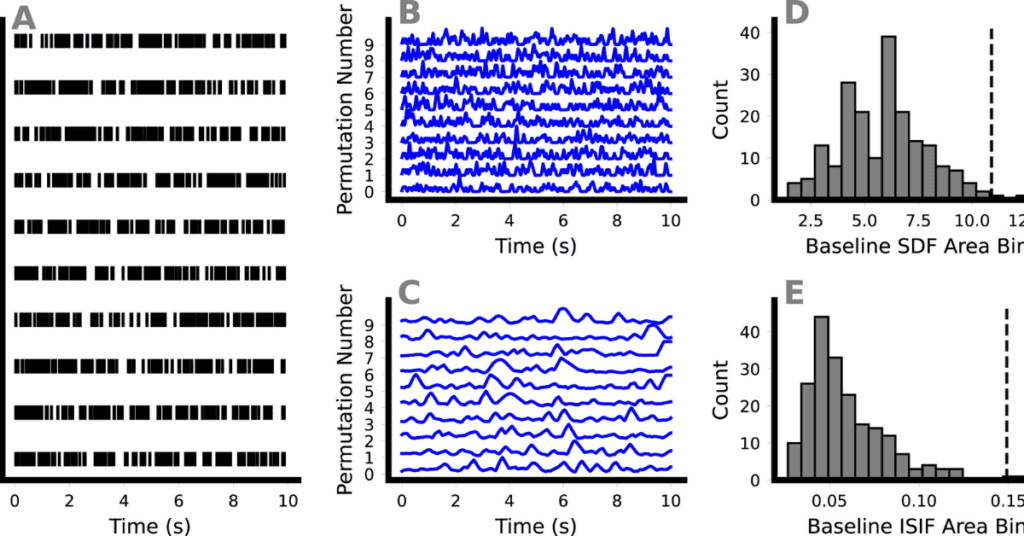Center for the Neural Basis of Cognition faculty member Aryn Gittis, along with colleagues John E. Parker, Asier Aristieta, and Jonathan E. Rubin, has published a new paper in the Journal of Neuroscience Methods introducing the STReaC (Spike Train Response Classification) toolbox.
The STReaC toolbox implements an algorithm for automated classification of diverse neural responses to optogenetic stimulation or other changes in conditions, based on spike train recordings. It can identify various response types spanning patterns of increased firing (excitation), decreased firing (inhibition), or combinations of these.
“The STReaC toolbox provides a simple, efficient approach for classifying spike trains into a variety of response types defined relative to a period of baseline spiking,” said Tim Wainwright, CNBC program coordinator. “We’re thrilled to see CNBC members continuing to release groundbreaking work.”
Key benefits of the new toolbox include:
Provides an objective, tunable methodology for detecting neuronal response types and subtleties
Outperforms traditional spike counting and visual inspection methods in certain situations
User-friendly implementation
The paper demonstrates the toolbox’s capabilities using neural recordings from the substantia nigra pars reticulata during optogenetic stimulation of the globus pallidus externa in rodents.
This innovative toolbox promises to advance neuroscience research by enabling more comprehensive and accurate analysis of neural activity patterns.
The full paper can be accessed here.
Parker JE, Aristieta A, Gittis A, Rubin JE. Introducing the STReaC (Spike Train Response Classification) toolbox. J Neurosci Methods. 2024 Jan 1;401:110000. doi: 10.1016/j.jneumeth.2023.110000. Epub 2023 Oct 30. PMID: 38486714; PMCID: PMC10936710.

